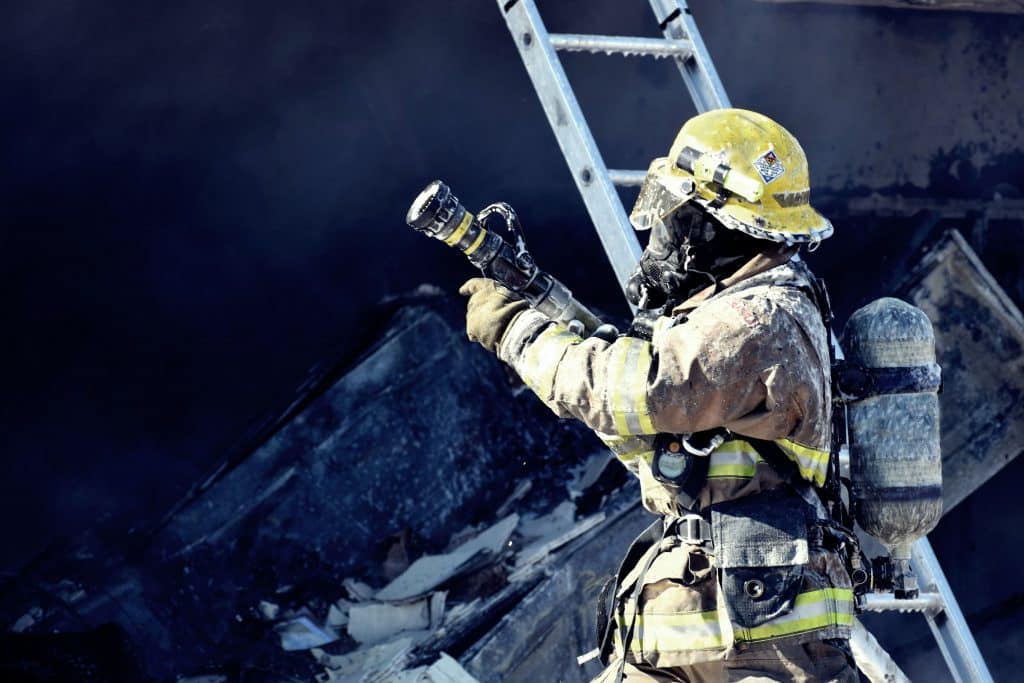Fire suppression systems are crucial in any comprehensive fire protection strategy. While traditional sprinkler systems have been the mainstay for decades, recent innovations offer more advanced, efficient, and sometimes less damaging alternatives. This blog explores some of these cutting-edge fire suppression systems and their applications.
1. Water Mist Systems:
Water mist systems represent a significant advancement over traditional sprinklers. By emitting a fine mist, these systems use significantly less water, reducing water damage in the event of activation. They are particularly effective in enclosed spaces like server rooms and museums, where water damage from traditional sprinklers could be catastrophic.
Key Features:
- Utilizes fine water droplets to extinguish fires.
- Minimizes water damage and cleanup.
- Effective for Class A, B, and C fires.
2. Clean Agent Systems:
Clean agent fire suppression systems use environmentally friendly chemical agents that leave no residue and are safe for areas with sensitive equipment. These agents work by interrupting the chemical reaction of a fire or by reducing oxygen levels.
Key Features:
- Leaves no residue, preventing damage to electronics or sensitive equipment.
- Fast-acting and effective in seconds.
- Ideal for data centres, telecommunications, and healthcare facilities.
3. Inert Gas Systems:
Inert gas systems extinguish fires by reducing oxygen levels in the protected area to below the level that supports combustion, but still safe for humans. Common gases used include nitrogen, argon, and carbon dioxide.
Key Features:
- Environmentally friendly with zero ozone depletion potential.
- Safe for occupied spaces.
- Suitable for a wide range of applications, including archives and server rooms.
4. Aerosol-Based Systems:
Aerosol fire suppression systems release a fine cloud of particles that extinguish fires by absorbing heat and inhibiting the chemical processes involved in combustion. These systems are compact and can be a good fit for small or confined spaces.
Key Features:
- Compact and easy to install.
- No pressurized containers required.
- Effective for a wide range of fire classes.
5. Foam Deluge Systems:
Primarily used in scenarios where flammable liquids are a risk, foam deluge systems suppress fires by creating a barrier between the fuel and the air. They are particularly useful in hangars, refineries, and chemical storage facilities.
Key Features:
- Effective against flammable liquid fires.
- Forms a barrier to prevent re-ignition.
- Provides rapid fire suppression.
The evolution of fire suppression technology offers a range of options beyond traditional sprinklers, each with unique benefits suited to different environments and fire risks. From water mist systems that minimize water damage to clean agent systems ideal for protecting sensitive equipment, these innovations enhance fire safety while addressing specific needs and challenges. As technology continues to advance, we can expect further improvements, making fire suppression more effective, less damaging, and more adaptable to diverse environments.


